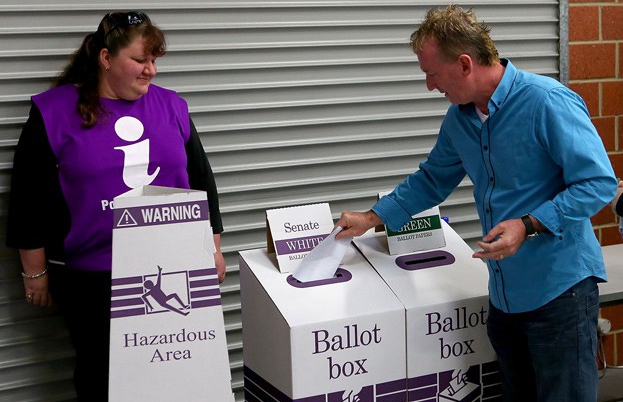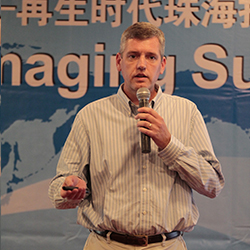OEM Obtains New Contract After ANAO’s Restraint

Originally written by Leon Spencer and published at www.arnnet.com.au
Fuji Xerox Handed Fresh US$27M Govt Ballot Scanning Deal
 The Australian Electoral Commission (AEC) has awarded Fuji Xerox Businessforce a US$27 million Senate ballot scanning solution contract just months after the Australian National Audit Office (ANAO) pulled the agency up on an earlier Senate ballot scanning services deal with the supplier.
The Australian Electoral Commission (AEC) has awarded Fuji Xerox Businessforce a US$27 million Senate ballot scanning solution contract just months after the Australian National Audit Office (ANAO) pulled the agency up on an earlier Senate ballot scanning services deal with the supplier.
The new procurement contract, which runs until 24 January 2021, comes less than three months after the Audit Office released its performance audit report, the Australian Electoral Commission’s Procurement of Services for the Conduct of the 2016 Federal Election.
Among the procured services examined by the ANAO for the report were the AEC’s contracts and purchase orders awarded to Fuji Xerox Businessforce in the lead up to the 2016 Federal Election, largely for the development and delivery of Senate ballot paper scanning and data capture services.
After examining the deals, the ANAO decided that the AEC’s procurement processes did not encourage open and effective competition sufficiently.
Specifically, the ANAO said that the AEC had not “demonstrably achieved value for money in its procurement of Senate scanning services” and had not used “competitive pressure to drive value nor given due consideration to cost in its procurement decision-making”.
According to the ANAO, the entirety of the services procured by the AEC from Fuji Xerox Businessforce amounted to about US$27.2 million, and included three work orders and five project change requests.
Tender documents published at the time show that the AEC handed Fuji Xerox Businessforce a US$19.1 million, six-month deal in July 2016, for the Senate scanning services, and a separate US$1.6 million deal for data capture services just a month earlier.
In response to the report, the Electoral Commissioner, Tom Rogers, said at the time that the Audit Office’s lack of focus on particular circumstances leading up to the 2016 Federal Election in the report was “potentially misleading”.
Among the particular circumstances cited by Rogers was the “extraordinarily short period of three months” in which, without prior warning, the AEC developed and implemented a “robust, effective, technologically advanced and entirely new system for counting, under high levels of scrutiny,” some 15 million Senate votes in multiple locations across the country.
Click here for more information.





Leave a Comment
Want to join the discussion?Feel free to contribute!